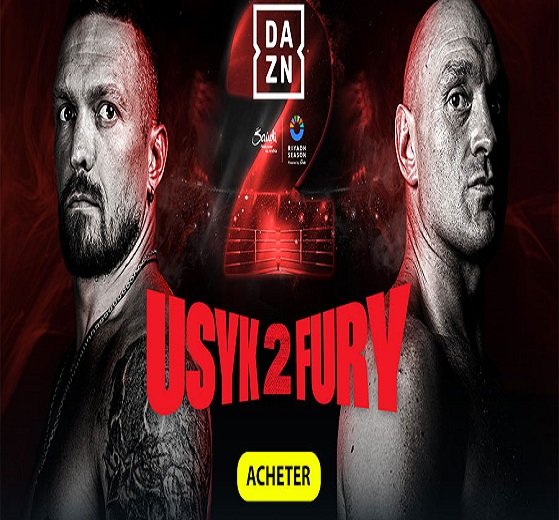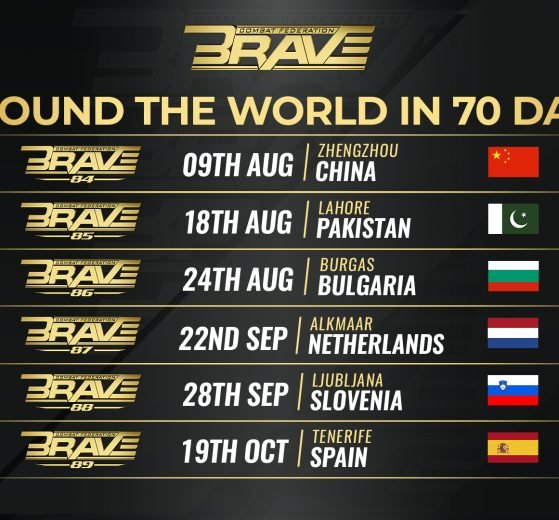UFC 321 was supposed to be an apex moment — a night when Abu Dhabi would stand at the center of the MMA world. The clash between Tom Aspinall and Ciryl Gane was meant to be more than a fight; it was to symbolize two philosophies of modern combat.
Yet behind the promotion and glitter, another narrative emerged — one about an organization struggling to balance sport and spectacle, prestige and profit.
Promotion Before Performance
Specialized outlets like ActuMMA built the hype with classic headlines:
“The most anticipated fight of the year,” “France’s first undisputed champion,” “a guaranteed show.”
But these slogans masked the deeper issue: was the organization truly ready?
Between broadcasting contracts, massive sponsorships, and marketing pressure, UFC 321 felt less like a sporting competition and more like a commercial production staged for profit.
Ciryl Gane and the Syndrome of the Last Chance
For Ciryl Gane, this was a defining moment. After losses to Ngannou and Jon Jones, the Frenchman entered the octagon as if fighting time itself.
He represents the paradox of elegance in a brutal sport — precise, technical, but perhaps too civilized for the chaos that defines greatness in MMA.
Across from him, Tom Aspinall, the silent British machine — emotionless, methodical, devastating. Their contrast made the fight not only physical but philosophical: intelligence versus instinct, strategy versus savagery.
Abu Dhabi: Showcase and Fragility
Abu Dhabi was the ideal setting — a city building its reputation as the global hub for combat sports. But when the main event collapsed, the illusion cracked.
How could a multimillion-dollar organization lose control so spectacularly?
The fiasco exposed the structural fragility of a globalized UFC — a system expanding faster than it can stabilize, prioritizing image over integrity.
A Card That Says Everything
Even with names like Nurmagomedov, Volkov, and Dern, the fight card revolved around Aspinall vs Gane.
This overreliance on one matchup shows how modern UFC events have become main-event-driven spectacles, where undercards are mere accessories to the headline.
From “How to Watch” to “What Are We Really Seeing?”
Entire sections of coverage focused on how to subscribe, where to stream, and when to tune in — not on the fighters’ preparation or strategy.
This shift from analysis to access marks a deeper problem: the commodification of sport.
When the narrative becomes about the platform rather than the performance, the essence of sport fades.
Conclusion: The Real Knockout
UFC 321 was supposed to crown a champion, but it instead revealed an institutional breakdown.
Between the final face-off and the announcement of cancellation, an entire illusion collapsed — that of flawless organization and corporate mastery.
The real knockout didn’t happen in the cage. It happened behind the scenes, in the system itself.And it leaves us with one haunting question: in a sport built on authenticity and risk, how far can the show go before the audience stops believing?




